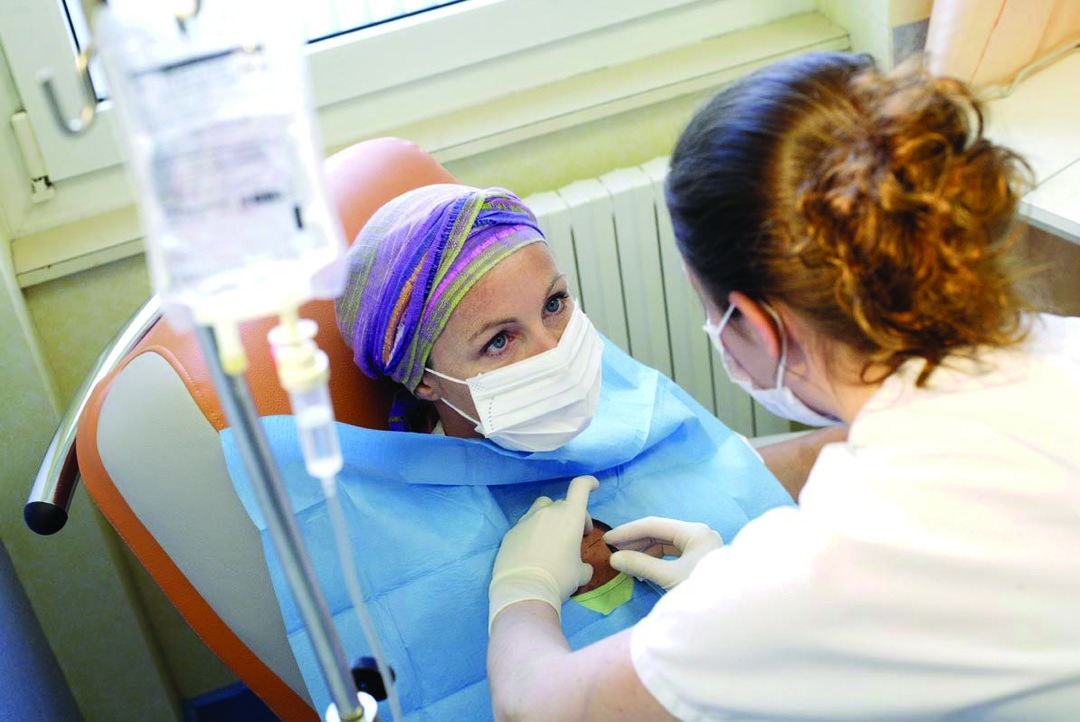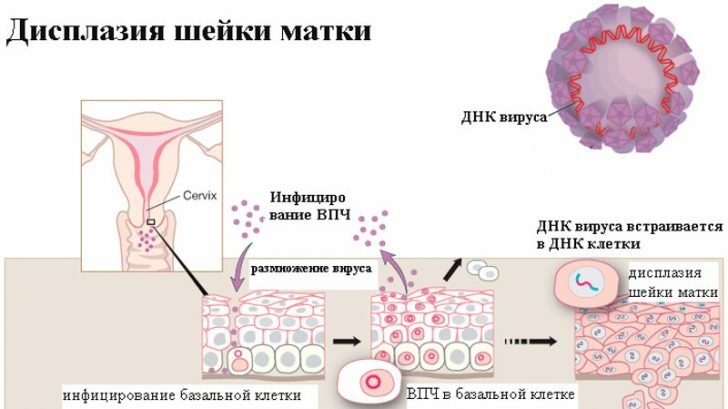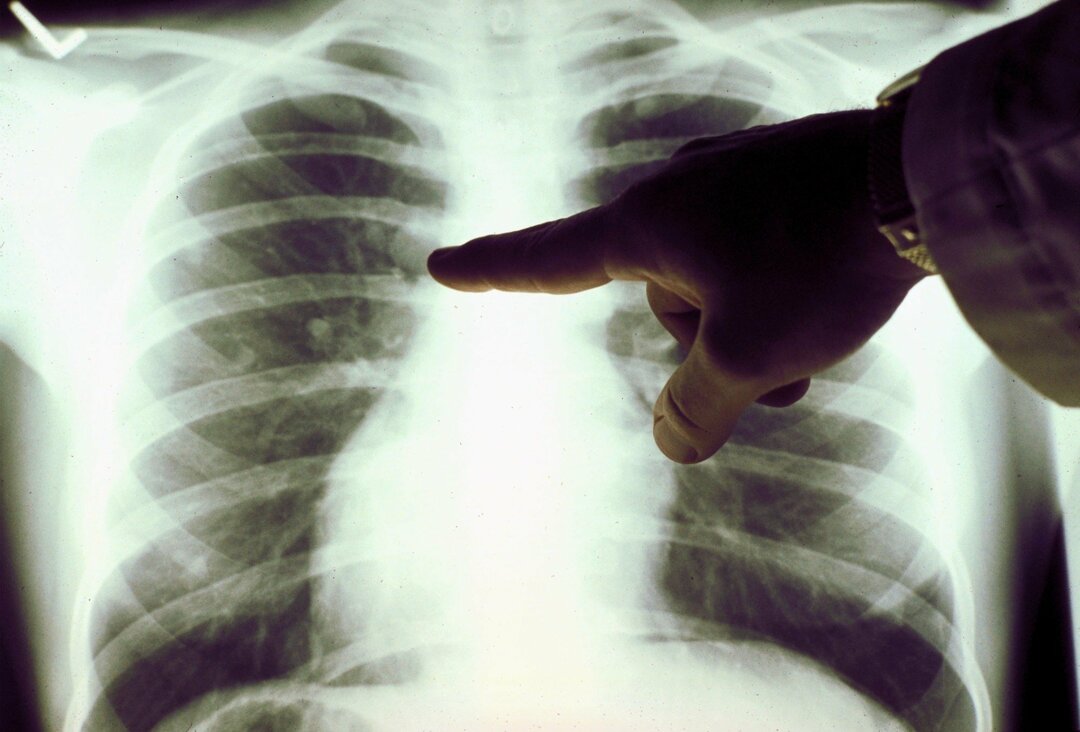Bone marrow transplantation

Annually thousands of patients die in our country, whose life could be saved only by transplant, otherwise transplantation, bone marrow( TCM).Transplantation of stem hematopoietic progenitor cells is the most effective and modern method of treatment of various oncological, hereditary and hematological diseases.
Bone marrow transplantation
Bone marrow transplantation is used in the treatment of various tumor formations, chronic and acute leukemia, anemia, severe combined immunodeficiency, lymphomas, neurblastoma. Transplant patients with stem cells that are found in a healthy person in the bone marrow, namely, in the hematopoietic tissue that is placed in the bones of the skeleton. The pelvic bones, spine and sternum contain the greatest amount of bone marrow. Hematopoietic stem cells, as a rule, are the precursors of immunity in the body and all blood cells. Transplanted to the patient hematopoietic stem cells, even in small quantities, hematopoiesis and immunity in the body are able to completely restore.
Types of bone marrow transplantation
Bone marrow transplantation is a procedure that allows cancer treatment to be performed at high enough doses mainly of chemotherapeutic agents, and sometimes of radioactive radiation. Since the bone marrow is constantly destroyed during this treatment, in principle it seems unworkable, because the human body loses its vital ability to produce blood cells. If, after the treatment, a healthy bone marrow is introduced again, it is possible to replace the bone marrow and possibly restore its ability to hematopoiesis. It is for this reason that transplanting this brain allows you to do therapy with high enough doses to cure cancer, when low doses are powerless.
There are in our time two types of bone marrow transplantation. This is an allogeneic transplant, in which the bone marrow of another person is used for transplantation, also autologous, which involves the use of stem cells or the bone marrow of the patient himself. Autologous transplantation in the "direct" sense is not and often is called a supporting bone marrow transplant or stem cells. To carry out an allogeneic bone marrow transplant, the donor must be compatible with the patient for antibodies to HLA.
What are the goals of bone marrow transplantation?
The purpose of bone marrow removal is to obtain the progenitor cells contained in it, otherwise the stem cells, which gradually develop into various components of blood upon development. Before starting intensive treatment, remove the bone marrow from the donor's femoral bone or the patient itself, then store until frozen. This medical manipulation is called extraction. Then, after the chemotherapy together with radiotherapy( or without), the bone marrow is injected back into the body by a drip method. The brain, which circulates through the body with the bloodstream, eventually settles in the cavities of the bones. There begins bone marrow growth, the process of hematopoiesis in the body resumes.
With a successful transplant, the bone marrow develops in the body and the patient gradually goes to recovery. But on this path there are two threats. The first threat is the probability of rejection of the transplant by the human body. In order to prevent this, the most powerful medicines suppress the body's resistance. The second threat is as follows. After the operation, within a few months the patient's body is weakened and has a very weakened immune system. Even a small infection of the body can cause death. It is to avoid infection that the patient is placed in a special ward, where special protection measures are present. The patient is completely isolated for a while from the external environment. Careful observation of the patient continues after he is discharged from the hospital. On the full restoration of immunity after bone marrow transplantation takes about a year. If the patient's condition worsens, a second hospitalization is required.



